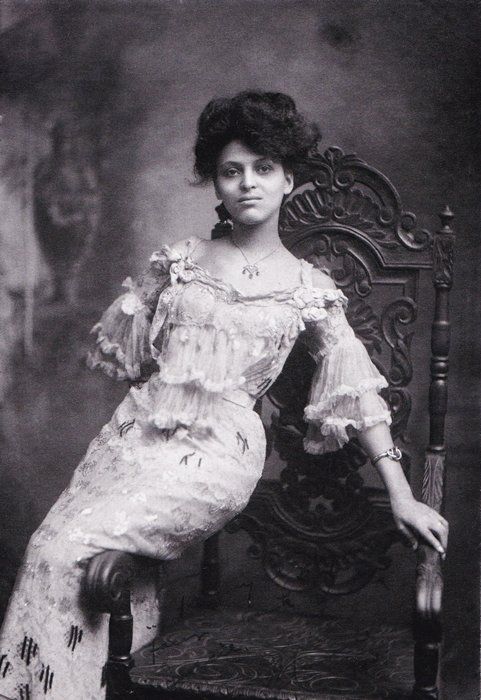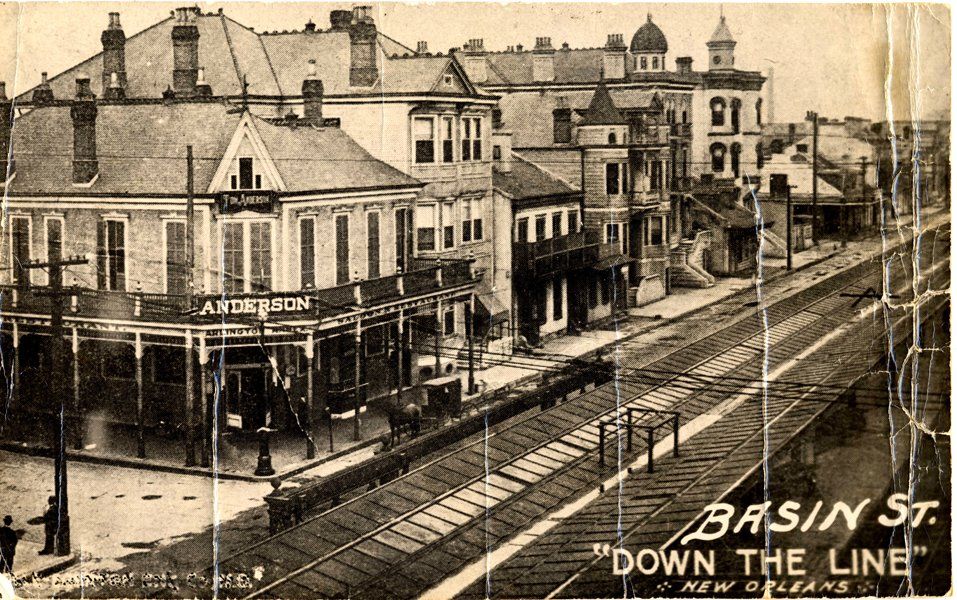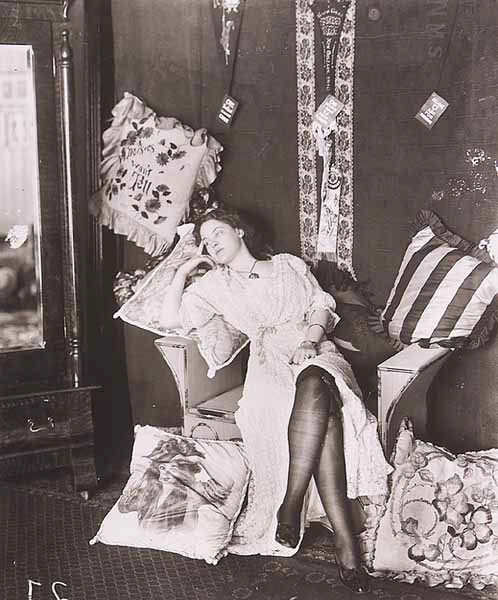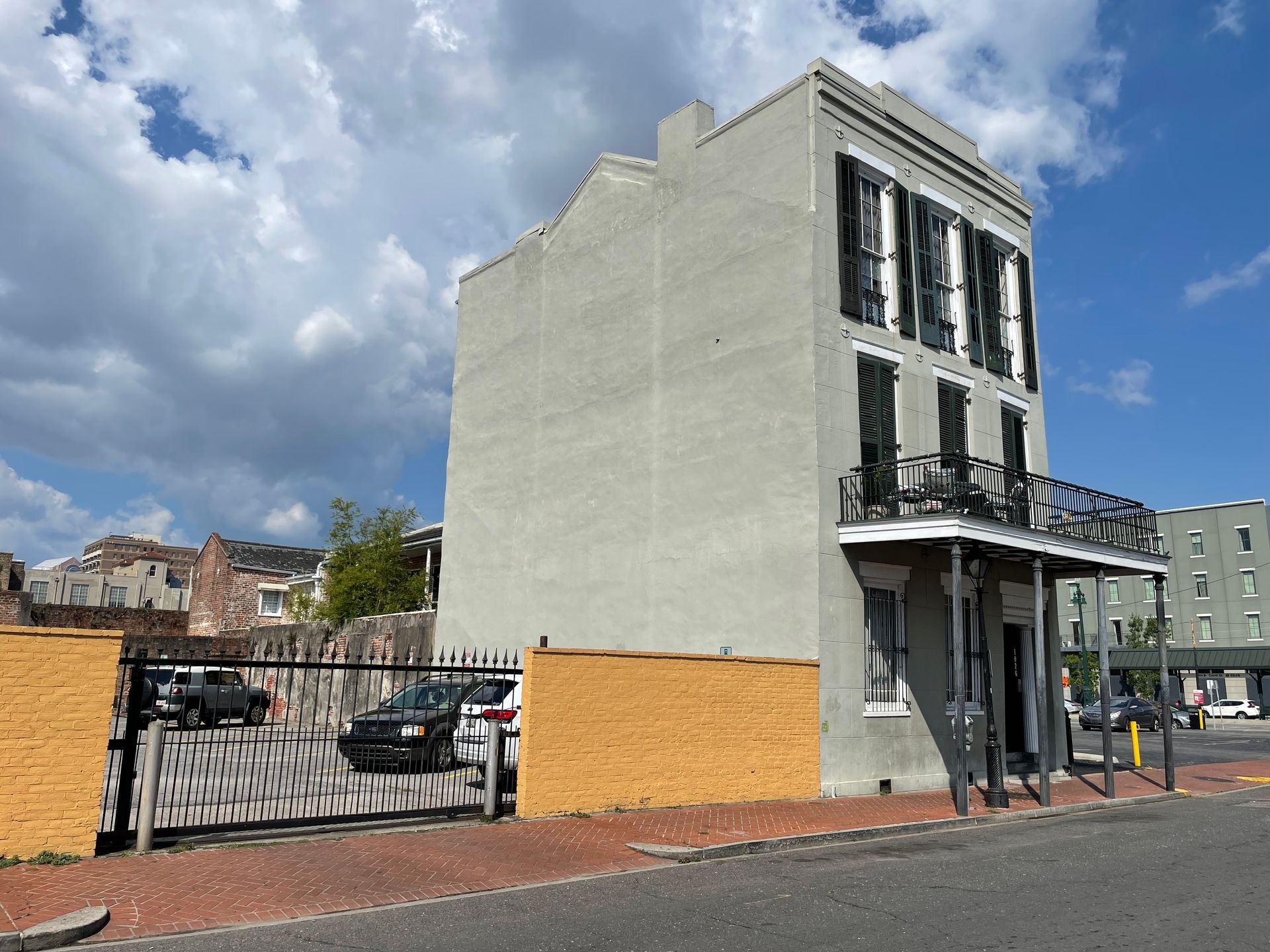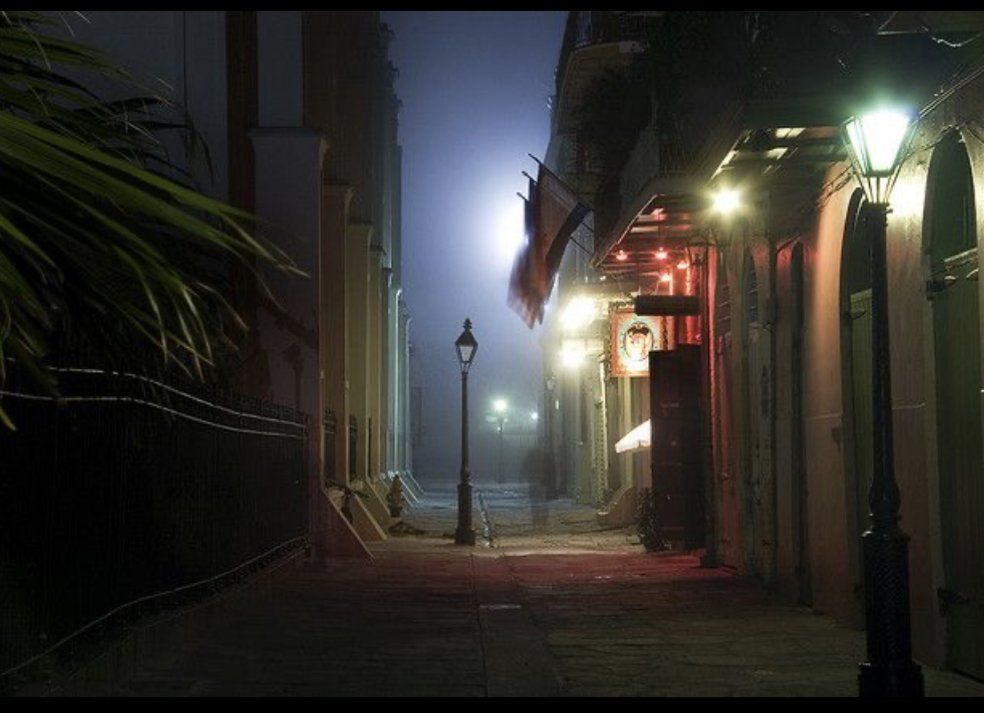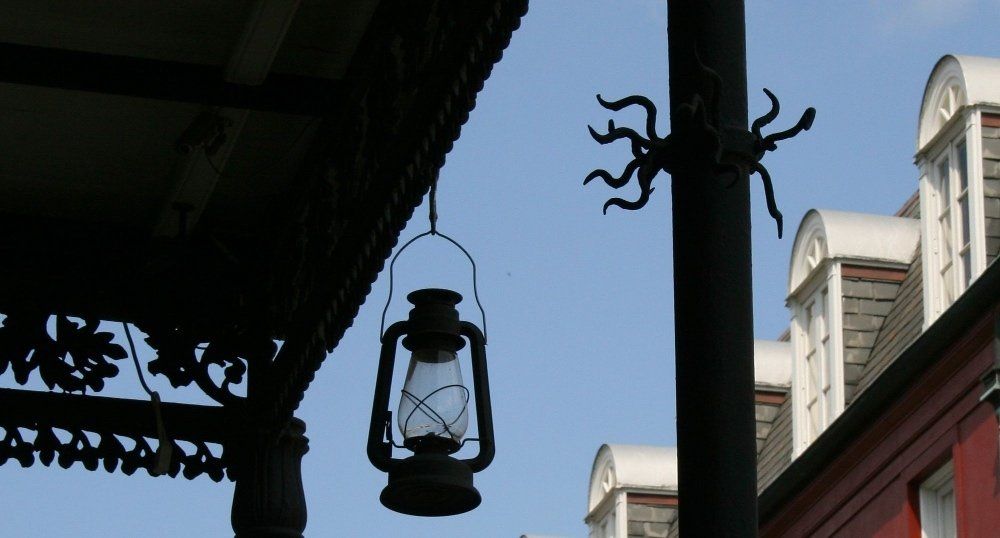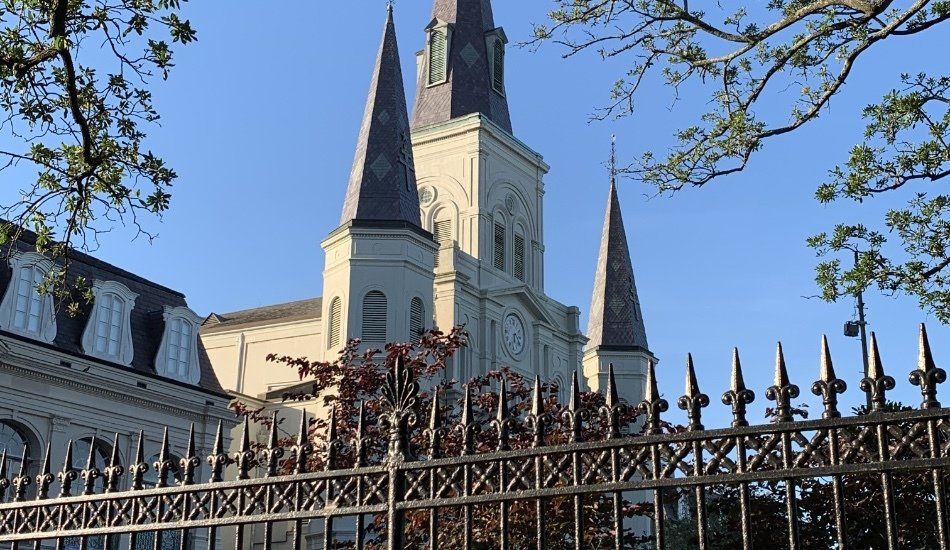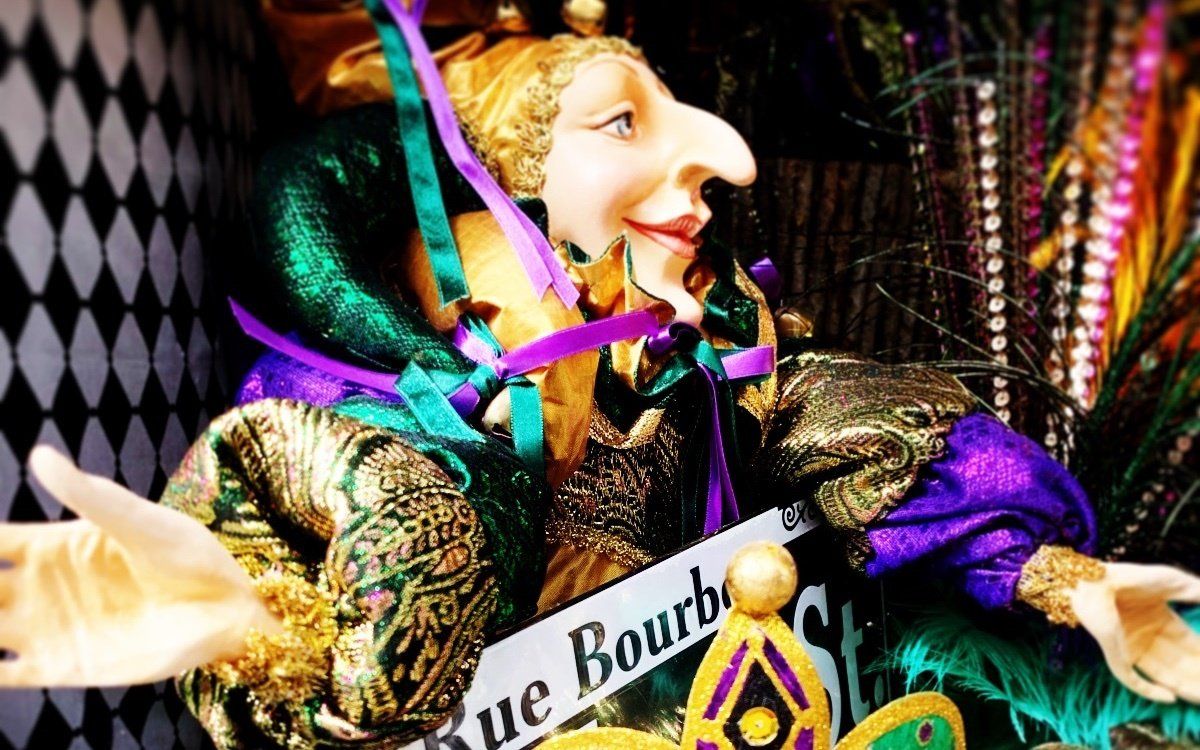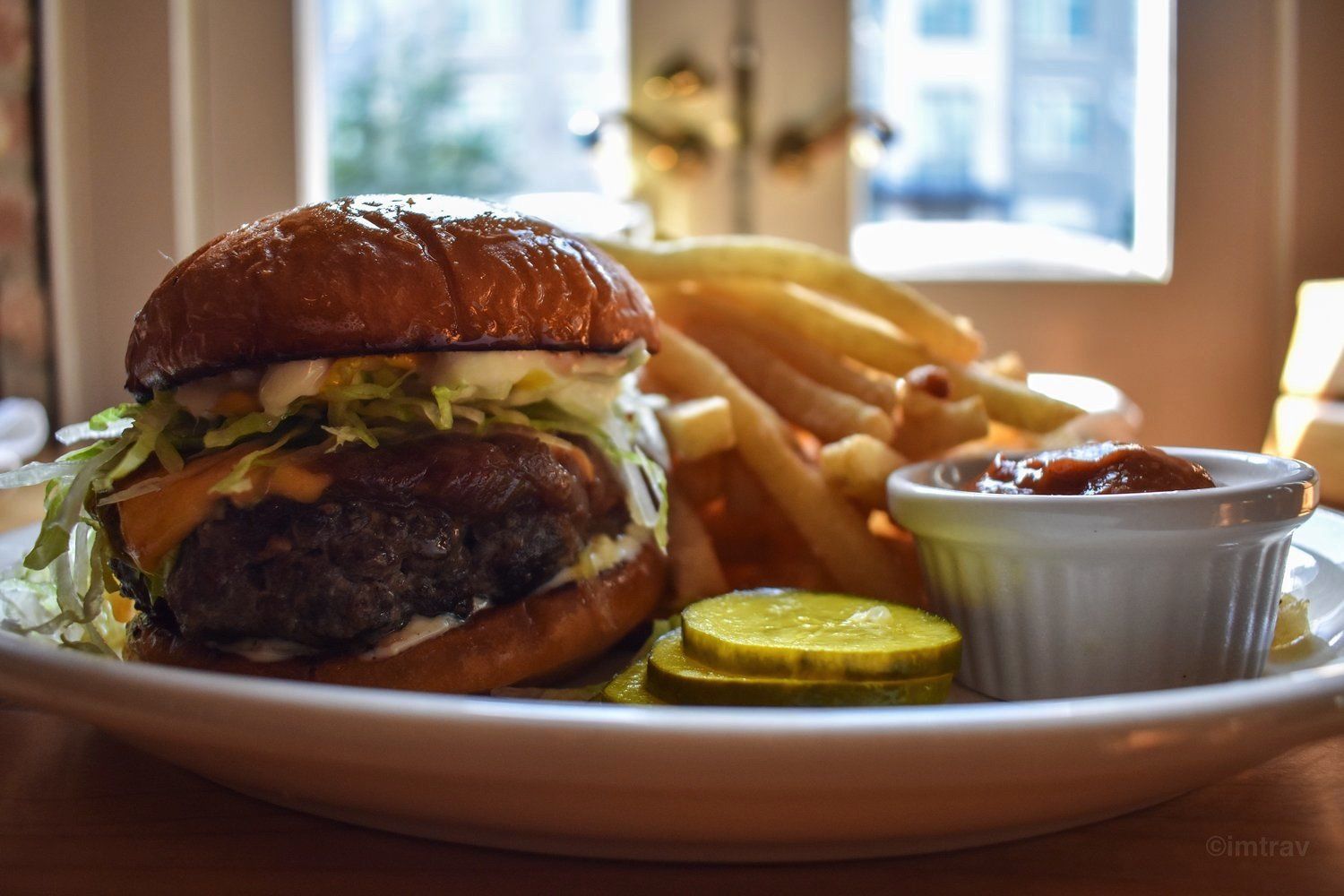These women were followed later in the same year by, as legal historian Judith Kelleher Schaffer described them, “other more respectable women.” The "casket girls" - the name originating from the small chest or cassette that held a small allonment of cloting - had been carefully chosen from among good middle class families for skill in housewifely duties and excellence of character. Shaffer continued: “One historian has remarked on the incredible fecundity [of these new women] and the tragic infertility of the prostitutes, as almost all of Louisiana’s most important families of French descent trace their origin to the former while none claim to have descended from the latter.”
The French prostitutes-as-pioneers thing continued: 120 years later, in the early years of the California Gold Rush, another raft of fabled migrants arrived in San Francisco. At the time, only 300 women called San Francisco home, according to journalist Herbert Asbury in his 1933 “informal history” The Barbary Coast, “a third of which were harlots from Mexico, Peru, and Chili [sic].” The Pacific News printed a story in 1850 to announce the departure of 900 women “carefully chosen from the bagnios of Paris and Marseille,” wrote Asbury, to be sent to San Francisco, yet somehow only 50 arrived. “It has been said,” Asbury wrote, “that by the end of 1852, there was no country in the world that was not represented in San Francisco by at least one prostitute.”
Some of the laws used to target women who sold sex were holdovers from English common law, which outlawed “vagrancy” and “nightwalking” – in other words, appearing in public at the wrong time, in the wrong place, or while poor and female. One typical example is an 1817 law in New Orleans, which levied a $25 fine against “any woman or girl ‘notoriously abandoned to lewdness,’” writes historian Judith Kelleher Schaffer, “who committed scandal or disturbance of the peace.” If she could not pay the fine, she was to serve one month in prison. “Thus the ordinance did not prohibit prostitution,” observes Schaffer, “as long as no scandal or disturbance occurred.”
